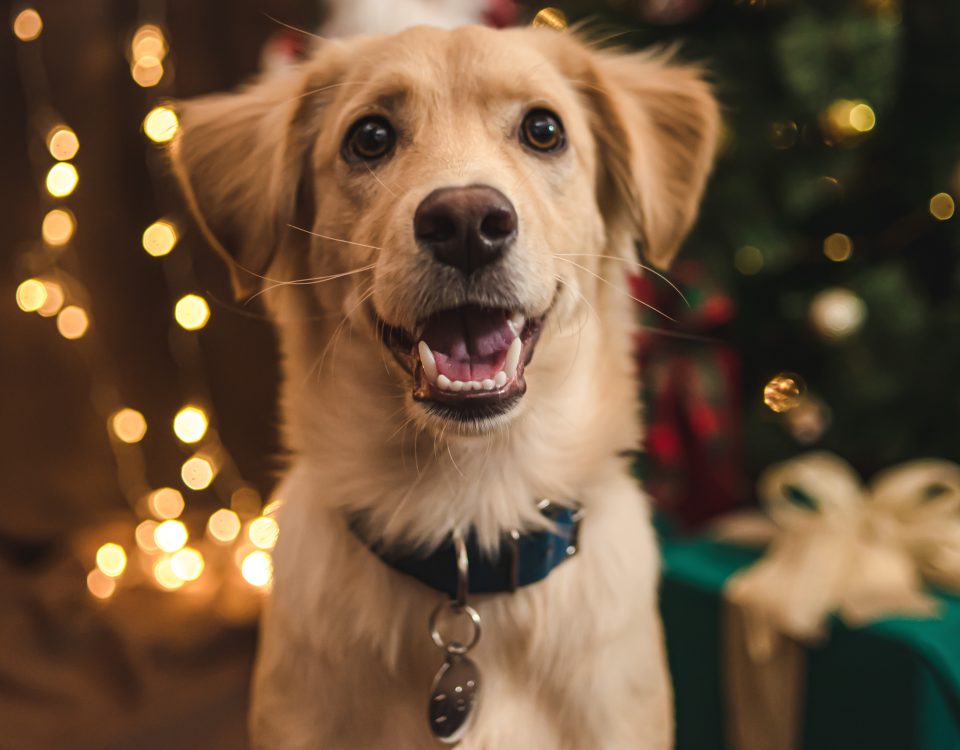
Neurological Disorders in Dogs
August 6, 2020
Compassionate End Of Life Care For Pets
September 30, 2020Opting For Compassionate Pet Euthanasia at Home

Pet Euthanasia at Home - Coping With The Loss of a Pet
Making the incredibly tough decision to opt for compassionate Pet Euthanasia at Home, is a situation no-one wants to be in. Our pets are a huge part of our family. We care for them from the second they arrive but sadly, the hardest part of pet ownership often occurs in the final part of their lives. Serious illness, injury or changes caused by ageing can make life that little bit more difficult and uncomfortable for them. For dogs, simple pleasures like playing, greeting their favourite humans, barking at the postman, going for walks and eating can become a struggle. Cats may find it difficult to move around the house freely, access safe places, or get to their food, water, litter tray or cat flap. Small pets may develop mobility problems or even stop eating. All pet species may interact less, sleep a lot of the time and become withdrawn. Most of us would prefer it if our poorly pet slipped away peacefully in their sleep but unfortunately this seldom happens.
We are fortunate to be able to consider euthanasia as a peaceful, painless way to end suffering but how do you go about making such a considered and difficult decision for our pets?
Good days, bad days
Deciding whether the time has come to say goodbye to a sick or chronically ill pet is the hardest decision of all. With chronic illness and ageing changes, your pet will inevitably have good days and bad days. You should consider assessing their quality of life by record any changes you notice in your pet; this could help you spot trends and see if there are more bad than good days. Here are a few useful observations when considering Pet Euthanasia at Home:
- Are they behaving as they usually would? Is their character still obvious or have they lost their sparkle?
- Can they do the things that bring them pleasure? It may be a good idea to write a list of their favourite activities and note when they can enjoy them. This is an excellent way of assessing quality of life.
- Do they have an appetite, are they enjoying their food?
- Does decreasing mobility make it difficult to perform normal tasks like getting into bed or a litter tray, reaching their food or visiting the garden to toilet?
- Are they sleeping constantly? This can be a sign of pain.
- Are the symptoms of the disease affecting their quality of life? Symptoms such as laboured breathing, coughing, intractable diarrhoea, constant vomiting, incontinence, pressure sores?
Keeping a close eye on your pet and the changes that you notice may help you decide if you feel your pet is still experiencing a decent quality of life. Often talking to family and friends can help too, not to mention with such an emotional decision to make, their support will be invaluable.
Is my pet in pain?
You know your pet best, and so you will be the best judge of what you feel their life is like at any given time. To help you as their loving owners, we have developed a special ‘Is it time?’ checklist to ensure that your furry family members are free from pain and to help you to understand what to expect and what to look for as their life begins to draw to a close. You can download our special ‘Is it time?’ checklist by clicking here.
Having assessed their quality of life, you may still be unsure whether they are coping well, in pain or suffering. In this situation a consultation with your vet will be useful; sometimes animals appear to age or deteriorate because they have a treatable underlying health condition. No owner wants to think about their pet living in pain, so a professional opinion can help you make ongoing decisions. Pain management can often be achieved at home, and doesn’t have to mean a “hospitalised” last few weeks or days.
You can also chat to us and our team of compassionate care coordinators who will help talk you through this difficult decision of opting for pet euthanasia at home. We have many years’ experience of compassionately helping families whose pets who are approaching the end of their life. We are available to discuss your needs with you 7 days a week and our telephone lines are open 13 hours a day, from 7 am until 8 pm, available on 0800 354 999.
What happens During Pet Euthanasia at Home?
In some situations there is no effective management for a poor quality of life. Bad days may be more common than good days and in this case, the kindest and most loving thing to do could be to gently put your pet to sleep. The timing of this can be very difficult as most conditions wax and wane, but objectively when their quality of life is less than you would want for them most of the time… it is the right time.
Sometimes you and your family need time to process the idea and say goodbye to your pet. It may help your decision making to know what will happen during a home euthanasia visit and provide you some reassurance that you are doing what is best and kindest for your pet.
Euthanasia can be carried out in a veterinary surgery or at home, by your normal vet or an end of life vet. You can choose whether to be present or not, this is absolutely a personal decision to be made by you and what you feel most comfortable with.
At Cloud 9, we specialise in pet euthanasia at home, which removes much of the stress for you as their owner to take your pet to your practice and more importantly, is more familiar and relaxing for your pet to be in the comfort of their own home. Not only are all our vets animal lovers but are end of life specialists. We want your pet to experience the same warm, loving atmosphere they have had with you their whole life in their final moments and that why we offer this gentler and more peaceful option. You can be near, comfort your pet with treats, and even gently stroke your pet as they peacefully slip away.
Pet Euthanasia at Home – The process
(please only read on if you would like an overview of the pet euthanasia at home process)
We always sedate your pet first, which is a small injection with minimal discomfort. This injection lets them gradually drift into a peaceful sleep over a few minutes. When your pet is in a deep sleep and comfortable, our vets will allow you time to say your goodbye. Once you and your family are ready, they will give a another injection which your pet will not feel. This injection will allow them to pass peacefully. It is a dignified, peaceful, and painless process. As the body relaxes, there may be involuntary movements which can sometimes be upsetting. However, the vet will calmly explain the process so you and your family are fully aware of what to expect. In more emergency, the process is the same carried out in the most comfortable and calm way for your pet.
Once your pet has passed, it is important that you and your family have time to grieve. We have listed some helpful sources below, which we hope will help pet owners of all ages:
- The Blue Cross- Pet Bereavement Service
- Cats Protection League
- British Horse Society
- The Ralph Site
- There are a number of books which may help children with the grieving process. Thee include When a Pet Dies by Fred Rogers or Remembering My Pet by Machama Liss-Levinson and Molly Phinney Baskette. Cloud 9 also give a book to the family they visit called ‘Loosing my pet’ to family’s with children.
- https://animalbereavementcounselling.com/?fbclid=IwAR07V0-B8MkMEG8bmxNvqLJGFKWFwPtNDJLdsbsu6B_g00io288IbpEaT3E
At Cloud9 vets we pride ourselves in giving your pet the most compassionate and dignified pet farewell.



